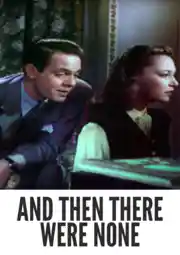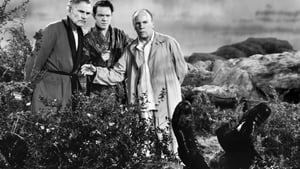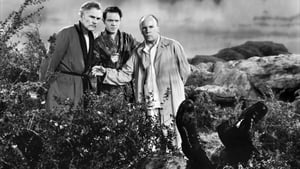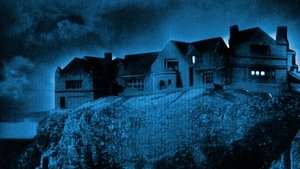Contact: [email protected]
Video Sources 0 Views

Synopsis
[ez-toc]




Introduction
In the vast realm of cinematic treasures, few films evoke the timeless allure of classic suspense like “And Then There Were None Colorized.” As we delve into the depths of this old movie, we embark on a journey that transcends time, exploring the delicate dance between preserving the authenticity of black-and-white cinema and the transformative power of colorization. This article unravels the threads of “And Then There Were None” in its colorized splendor, navigating through the film’s history, visual significance, and the ethical complexities of altering cinematic endings.
Read Media File Transfer Agreement: Terms and Conditions
Read FAQ
The Colorization of “And Then There Were None Colorized”
Unmasking the Whodunit Masterpiece
“And Then There Were None Colorized” is an adaptation of Agatha Christie’s timeless masterpiece “Ten Little Indians.” Directed by René Clair and featuring stellar performances by Walter Huston and Barry Fitzgerald, the film weaves a tale of suspense, murder, and mystery on a secluded island estate. The colorization of this noir classic raises questions about how the enhancement of visuals affects the film’s atmospheric quality. Understanding the meticulous process and technology behind the colorization opens a window into the cinematic evolution of this beloved old movie.
The Significance of the Film’s Visuals
Crafting Suspense through Imagery
In the realm of suspense, visuals play a paramount role. “And Then There Were None Colorized” masterfully employs visual elements to build an atmosphere thick with tension and intrigue. The isolated island estate becomes a crucible for suspense, with each frame meticulously designed to keep audiences on the edge of their seats. An exploration of these visual nuances sheds light on how suspense is crafted through careful cinematography and lighting choices.
Preserving Cinematic History: Balancing Innovation and Authenticity
Guardians of Noir Legacy
The debate over colorizing classic films extends beyond mere aesthetics; it delves into the heart of film preservation and the clash between technological advancements and historical authenticity. “And Then There Were None Colorized,” nestled in the classic whodunit genre with noir elements, becomes a battleground for these debates. Examining its role in cinematic history allows us to appreciate the delicate balance between preserving the essence of black-and-white cinema and embracing the possibilities offered by colorization.
Audience Perspective: Revisiting a Cinematic Masterpiece in Color
Tense Climaxes and Audience Reactions
The transition from black and white to color can reshape the emotional impact of a film. For “And Then There Were None Colorized,” veteran performers navigate climactic moments and tales of suspense with newfound hues. Unpacking audience reactions provides insight into how the colorized version resonates with modern viewers and whether the essence of suspense is heightened or diluted in the process.
The Ethics of Altering Endings: A Case Study
Unraveling Altered Endings
The controversy surrounding altered endings in movie adaptations is not new, and “And Then There Were None” provides a compelling case study. Exploring the ethical dimensions of altering conclusions unveils the intricate decisions faced by filmmakers. Does altering an ending enhance the cinematic experience, or does it compromise the integrity of the narrative? The answer lies in the delicate dance between fidelity to the source material and the filmmaker’s artistic license.
Embracing the Cinematic Evolution: Appreciating Both Versions
Two Faces of a Cinematic Gem
As we navigate the landscape of colorized cinema, advocating for appreciation of both the original black-and-white and colorized versions becomes paramount. Each rendition holds its own artistic merit, and “And Then There Were None” exemplifies the enriching experience of exploring a film in different visual palettes. It’s an invitation to savor the diverse facets of classic cinema, each version offering a unique lens through which the narrative unfolds.
The Fascinating Process of Colorizing Old Films: “And Then There Were None Colorized”
A Glimpse into Colorization Techniques
To grasp the intricacies of colorizing old films, we turn our attention briefly to another notable example: “And Then There Were None Colorized” The film restoration process, advancements in colorization techniques, and the advantages and disadvantages of this transformative art form offer valuable insights into the broader landscape of cinematic preservation.
Conclusion
The Timeless Allure in Hues
In the final act of this cinematic exploration, “And Then There Were None Colorized” stands as a testament to the enduring appeal of classic suspense. Whether experienced in its original black-and-white grandeur or adorned with the vibrant hues of colorization, the film remains a captivating journey into the heart of mystery and human nature. This article serves as an ode to the rich diversity of old movies, urging cinephiles to traverse the intricate corridors of cinematic history, where each frame tells a story that transcends time.













